Advertisements
Advertisements
प्रश्न
Complete the following chart:

उत्तर
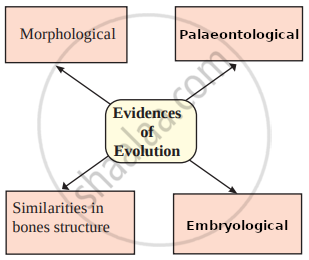
APPEARS IN
संबंधित प्रश्न
Which of the following pairs of two vegetables represent the correct homologous structures?
(A) Sweet potato and potato
(B) Sweet potato and tomato
(C) Carrot and potato
(D) Radish and carrot
With the help of any two suitable examples explain the effect of anthropogenic actions on organic evolution.
Write the similarity between the wing of a butterfly and the wing of a bat. What do you infer from the above with reference to evolution?
If you are asked to select a group of two vegetables, out of the following, having homologous structures which one would you select?
(a) Carrot and radish
(b) Potato and sweet potato
(c) Potato and tomato
(d) Lady finger and potato
Attempt giving a clear definition of the term species.
How do homologous organs help in providing evidence for organic evolution?
Wing of an insect and forelimb of a bird are :
(a) analogous organs
(b) analeptic organs
(c) homologous
(d) homophobic organs
X, Y, and Z are three animals. The animal X can fly but animal Y can only run on ground or walls. The forelimbs of animals X and Y have the same basic design but they are used for different purposes such as flying and running respectively. The animal Z became extinct an long time ago. The study of fossils of Z tells us that it had some features like those of X and some like those of Y. In fact, Z is said to form a connecting link in the evolutionary chain of X and Y.
(a) What could the animals X, Y and Z be?
(b) What name is given to the forelimbs like those of X and Y which have the same basic design but different functions?
(c) Name one feature in which Z resembled X.
(d) Name one feature in which Z resembled Y.
(e) Which is the correct evolutionary chain involving X, Y and Z : X → Z → Y or Y → Z → X?
The organs P and Q of two animals have different structures but similar functions. On the other hand, the two organs R and S of two other animals have the same basic structure but different functions.
(a) What are the organs like P and Q known as?
(b) Name the organs like P and Q. Also name the animals which have such organs.
(c) What are the organs like R and S called?
(d) Name the organs like R and S. Also name the animals which have such organs.
Vestigial organ ______ present in human body is proof of evolution.
Explain with suitable examples importance of anatomical evidence in evolution.
Answer the following question.
Wisdom teeth : Vestigial organs :: Lungfish : ....................
With the help of diagrams, describe emasculation and bagging.
Choose the correct option of the following question:
Wings of Insect and Birds are examples of :
Answer the following question:
What are homologous structures? Give an example. Is it necessary that homologous structures always have a common ancestor? Justify your answer.
_____________ is a vestigial organ in human beings.
Find an odd one out.
Observe the given images and answer the following questions.
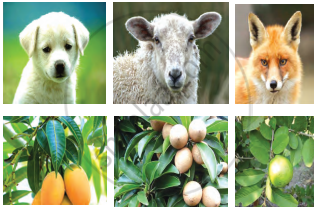
- Which evolutionary evidence does it indicate?
- What does it prove?
- State another example of evolutionary evidence.
Write the answers to the questions by observing the figure below.
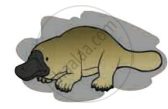 |
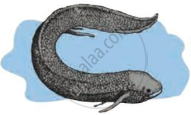 |
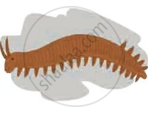 |
| (a) | (b) | (c) |
- Write the name of the animal ‘(a)’ in the figure.
- Write the name of the animal ‘(b)’ in the figure.
- Write the name of the animal ‘(c)’ in the figure.
- Which evolutionary evidence is illustrated by this figure?
- Write the definition of that evidence for evolution.
Homologous organs and vestigial organs are examples of ______ type of evidence in evolution.
Select the CORRECT match.
Where is carbon dating used?
Why do all the gametes formed in human females have an X chromosome?
Evolution has exhibited a greater stability of molecular structure when compared with morphological structures. Comment on the statement and justify your opinion.
Cucurbits do not develop thick and woody stem as they are:
The process of mating of individuals, which are more closing related than the average of the population to which they belong is called ______.
Appearance of antibiotic-resistant bacteria is an example of ______.
What were the characteristics of life forms that had been fossilised?
Did aquatic life forms get fossilised? If, yes where do we come across such fossils?
What are we referring to? When we say 'simple organisms' or 'complex organisms'.
How do we compute the age of a fossil?
While creation and presence of variation is directionless, natural selection is directional as it is in the context of adaptation. Comment.
The evolutionary story of moths in England during industrialisation reveals, that 'evolution is apparently reversible'. Clarify this statement.
Explain divergent evolution in detail. What is the driving force behind it?
As shown in figure below some organisms that share a common ancestor have features that have different functions, but similar structures.

These are known as ______. Give example.
Write down the difference between homologous and analogous organs.
Industrial melanism was highlighted by ______.
